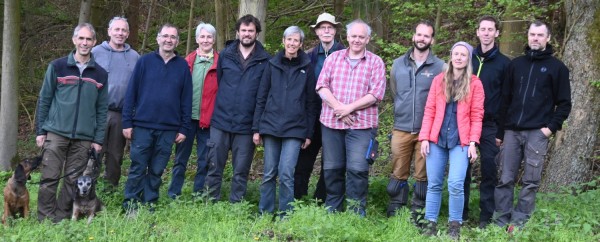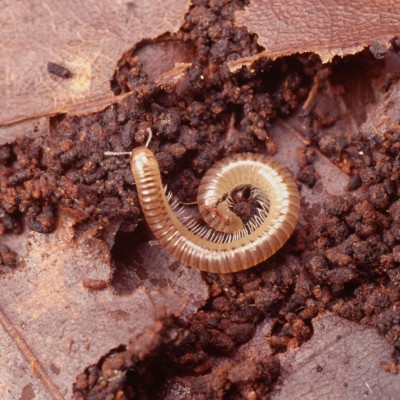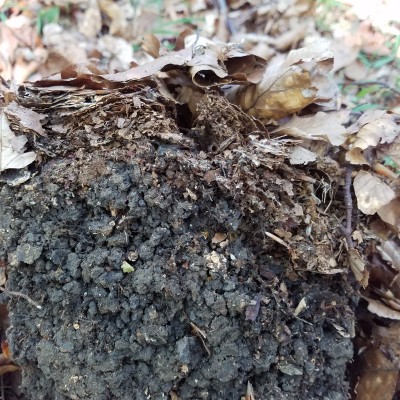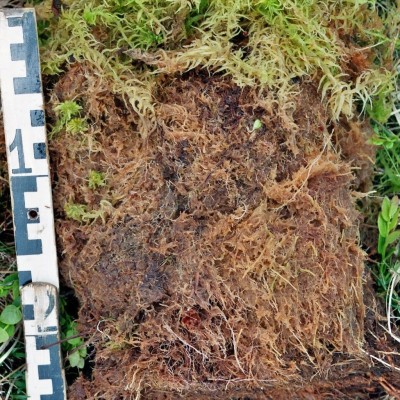WG Humus forms
Karl-Heinz Feger

WG Humus forms
Portrait
The task of the Humus Forms Working Group is to systematically develop the classification of humus forms and to contribute to the training of young soil scientists and the further education of mapping soil scientists through lectures and excursions. The working group is assigned to the German Soil Science Society Commission III - Soil Biology. All persons interested in the topic of 'humus forms' are cordially invited to participate. Both mapping and researching colleagues from the soil sciences are welcome. If you have any questions or suggestions, please contact our chairperson or deputy chairperson (see contact).
Activities
The working group has contributes the chapter on humus forms in the 6th edition of the Soil Science Mapping Guide (in print). The working group has defined the horizons of the Master horizon O and the Subhorizons of the Horizon Hn. A detailed description of the further development of the humus form classification system and a classification of different approaches to the classification of humus forms has been published at
https://www.mdpi.com/2037-0164/14/3/50
Wachendorf et al (2023): A Concept for a Consolidated Humus Form Description-An Updated Version of German Humus Form Systematics
The current status of the humus form description can be found at https://www.humusformen.de/
There you will find the humus forms, humus horizons and a glossary. Link to the English homepage: https://www.humus-form.eu/ 3. News From March 6 to March 8, 2024, the Humus Forms Working Group will organize a workshop on humus form classification in the Bad Driburg area (East Westphalia). The target group are soil scientists in education and training who would like to apply the current classification in the field. The program can be found on our homepage https://www.humusformen.de/ If you are interested, please register by 29.1.24 to Stephan Melms.
Contact
Chair:
Prof. Christine Wachendorf
Vice chair:
Stephan Melms
Photos
Diplopod with faunal droppings on fragmented leaf litter (Photo: Otto Ehrmann, Bildarchiv Boden, Creglingen-Münster).
Typical F Mull (Ol/Olf/Ohf/Ax) under European beech (Fagus sylvatica) on calcareous parent material (Photo: Christine Wachendorf).
Typical Moder (Ol, Olf, Ohf, Obh, and Ee-Ah horizon) with needles from Norway spruce (Picea abies) (Photo: Alexander Konopatzky).
Oligotrophic F Moor derived from shpagnum moss (Photo: Gerhard Milbert)



